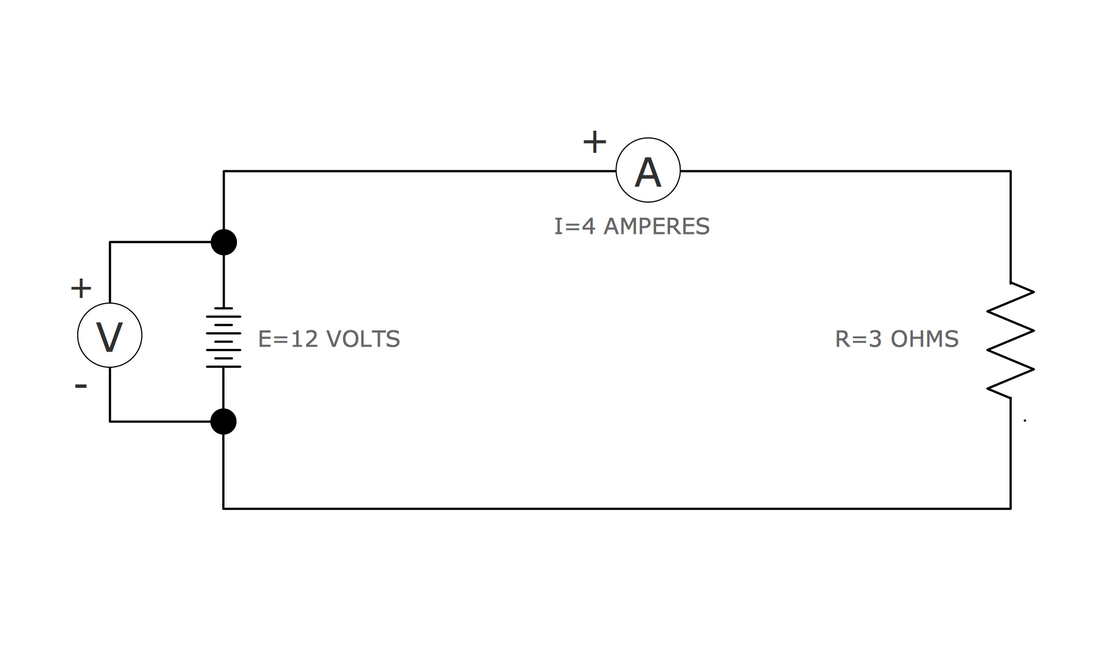Circuit simple diagram draw
Table of Contents
Table of Contents
Are you struggling to draw a circuit diagram? Do you feel overwhelmed by the symbols and technical language? If so, you’re not alone. Many beginners find it challenging to draw a circuit diagram, but with the proper guidance, it doesn’t have to be a daunting process. In this article, we’ll explore how to draw a circuit diagram and related keywords to help you get started.
Pain Points of Drawing Circuit Diagrams
The process of drawing a circuit diagram can be intimidating, especially if you’re unfamiliar with the symbols and terminology. It can be difficult to understand how to connect the components properly, and one mistake can lead to a non-functioning circuit. Additionally, learning how to use software programs can be time-consuming and frustrating, especially if you’re not tech-savvy.
Answering the Target of Drawing Circuit Diagrams
Learning how to draw a circuit diagram requires a basic understanding of electrical principles and symbols. Fortunately, there are many resources available to help you master this skill. One of the best ways to get started is to practice drawing simple circuits on paper. This will help you get a feel for the symbols and understand how they relate to each other.
Once you understand the symbols, you can try drawing more complex circuits or using software programs like Lucidchart or ConceptDraw to create your diagrams. With software programs, you can quickly edit and reorganize your diagrams without having to redraw them, making the process much more efficient.
Summary of Main Points
In summary, drawing a circuit diagram doesn’t have to be a difficult process. With practice and the right resources, you can learn how to create clear, concise diagrams that accurately represent your circuits. Learning the symbols and terminology is crucial to creating accurate diagrams, and using software programs can make the process much faster and more efficient.
How to Draw a Circuit Diagram: Personal Experience
When I first started learning how to draw a circuit diagram, I was overwhelmed by the symbols and technical language. However, once I started practicing and using software programs like Lucidchart, I quickly gained confidence and was able to create accurate diagrams. I found that starting with simple circuits and working my way up to more complex ones helped me understand the symbols better and build my skills.
Using software programs was a game-changer for me because I was able to edit and revise my diagrams quickly without having to redraw them. It also helped me spot errors and visualize how the components were connected more easily.
Tips for Drawing Circuit Diagrams
If you’re just starting, here are some tips to help you draw accurate diagrams:
- Start with simple circuits and work your way up to more complex ones
- Practice drawing circuits on paper to get a feel for the symbols
- Use software programs to speed up the process and make revisions easier
- Double-check your diagrams for accuracy before building your circuit
Drawing Circuit Diagrams in Lucidchart
Lucidchart is a popular software program that can help you create professional-looking circuit diagrams quickly and easily. To get started, simply choose the electrical engineering template and start adding your symbols. You can use the drag-and-drop interface to rearrange and connect your components, and the program will automatically align your symbols for you.

Common Symbols in Circuit Diagrams
To draw an accurate circuit diagram, it’s important to understand the symbols used to represent different components. Here are some of the most common symbols:
- Resistor: a zigzag line
- Capacitor: two parallel lines
- LED: a circle with an arrow pointing away from it
- Transistor: three lines in a ‘T’ shape
Using Multimeter to Test Circuit Diagrams
If you’re building a circuit based on a diagram, it’s essential to test it before connecting it to a power source. One way to do this is to use a multimeter, which can measure the voltage, current, and resistance of different components. By testing each component individually, you can ensure that your circuit is working correctly and identify any potential problems.
Troubleshooting Circuit Diagrams
If your circuit isn’t working correctly, it can be challenging to identify the problem. However, by following a systematic troubleshooting process, you can eliminate potential issues and isolate the root cause. Some common problems include loose connections, faulty components, and incorrect wiring. By documenting your steps and testing each component, you can pinpoint the problem and fix it quickly.
Question and Answer
Q: How do I draw a circuit diagram?
A: To draw a circuit diagram, you need to learn the symbols used to represent different components and understand how to connect them properly. You can practice drawing circuits on paper or use software programs like Lucidchart to create your diagrams efficiently.
Q: What are some common symbols in circuit diagrams?
A: Some common symbols in circuit diagrams include resistors, capacitors, LEDs, and transistors.
Q: How do I troubleshoot a circuit diagram?
A: To troubleshoot a circuit diagram, you need to follow a systematic process of testing each component and eliminating potential issues. By documenting your steps and testing each component, you can identify the problem and fix it quickly.
Q: Should I test my circuit diagram before connecting it to a power source?
A: Yes, it’s essential to test your circuit diagram before connecting it to a power source. Using a multimeter can help you measure the voltage, current, and resistance of each component and identify any potential issues.
Conclusion
Drawing a circuit diagram doesn’t have to be a difficult process. By learning the symbols and terminology and using software programs like Lucidchart, you can create accurate diagrams that represent your circuits correctly. Remember to take your time, practice regularly, and test your circuit before connecting it to a power source. With these tips, you’ll be on your way to drawing professional-looking circuit diagrams in no time.
Gallery
How To Draw A Simple Circuit Diagram - YouTube

Photo Credit by: bing.com / circuit simple diagram draw
How Do You Draw Electrical Symbols And Diagrams? - BBC Bitesize

Photo Credit by: bing.com / ks2 bitesize wiring circuits buzzer schematics gcse 350z explanation paintingvalley
Electrical Symbols | Electrical Circuits

Photo Credit by: bing.com / electrical circuits circuit schematic diagram symbols using use create different
How To Create A Circuit Diagram | Lucidchart
Photo Credit by: bing.com / circuit diagram create make example pages work lucidchart perspective insight outsider valuable sense makes person should if add
Draw A Circuit

Photo Credit by: bing.com / wiring k8schoollessons worksheetfun





